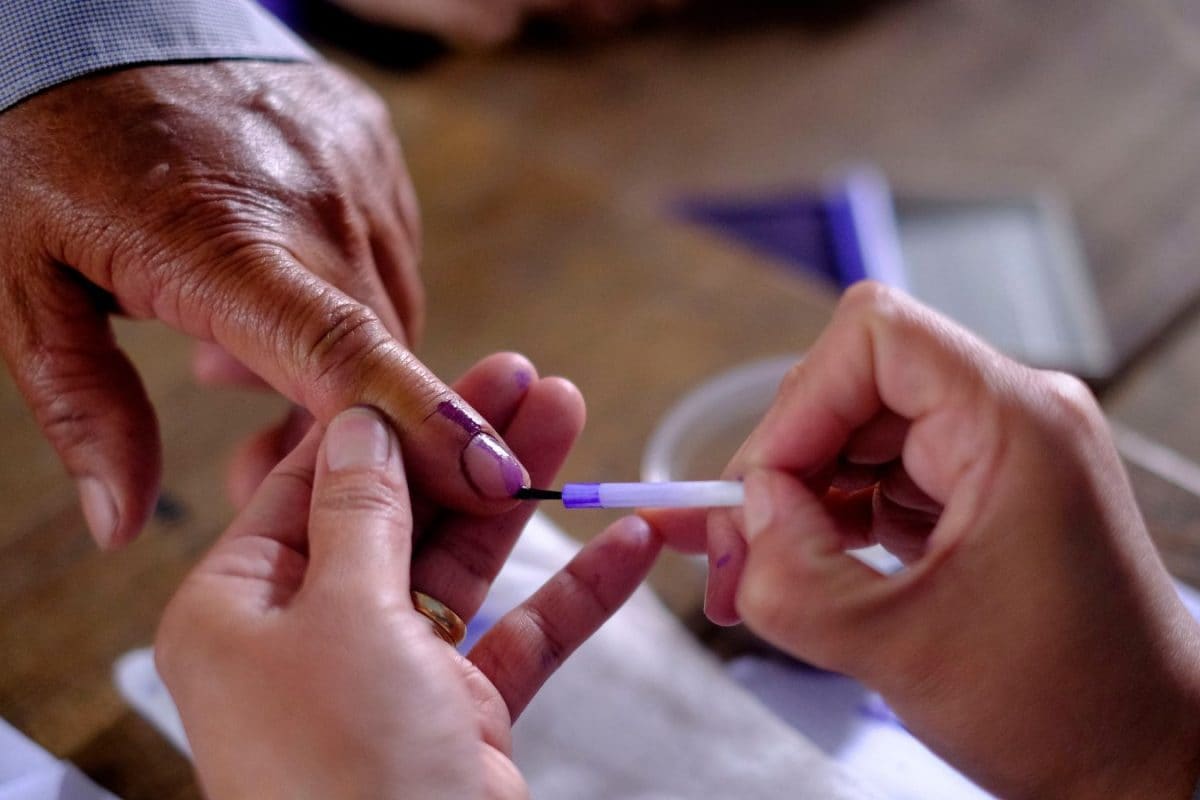

The Election Commission of India (ECI) is facing increasing pressure following demands from the Indian National Congress for the release of CCTV footage from polling booths. The Congress party, led by Rahul Gandhi, has been vocal in its calls for greater transparency in the electoral process, particularly concerning the 2024 Maharashtra Assembly elections. However, the ECI has cited privacy concerns and legal constraints as the primary reasons for its reluctance to release the footage.
Rahul Gandhi has alleged "match-fixing" in the electoral process and has specifically requested the release of consolidated, digital voter rolls and post-5 PM CCTV footage from polling booths in Maharashtra. He argues that releasing this information would demonstrate the ECI's commitment to transparency and dispel any doubts about the integrity of the elections. Gandhi has further stated that if the ECI has nothing to hide, it should readily provide the requested materials.
The ECI has strongly refuted these allegations, dismissing them as "completely absurd" and "unsubstantiated." The commission maintains that it has already addressed similar concerns raised by the Congress party and that the electoral rolls are shared with recognized political parties, including the Congress, at various stages of revision. The ECI also emphasizes that the entire election process, from preparing electoral rolls to polling and counting, is conducted by government staff in the presence of authorized representatives from political parties and candidates.
The core of the ECI's reluctance to release the CCTV footage lies in its concerns about protecting voter privacy and preventing potential misuse of the footage. Chief Election Commissioner Rajiv Kumar has defended the recent amendment to election rules restricting public access to CCTV footage from polling booths, stating that it is meant to safeguard voter identity and prevent the creation of fake narratives using artificial intelligence. The ECI argues that making the footage public would reveal who voted and who did not, potentially leading to voter profiling and violating privacy norms.
Furthermore, the ECI has expressed concerns about the potential for misinterpretation and manipulation of the footage. In one instance, it was noted that CCTV footage relating to an election was edited and posted on social media to create a false narrative about a certain community's participation in polling. The ECI also highlights the impracticality of reviewing the vast amount of data that would be generated if footage from all polling stations were released.
The legal basis for the ECI's position rests on amendments made to the Conduct of Election Rules, 1961. These amendments restrict public access to certain election-related materials, particularly electronic records such as CCTV footage. The government and ECI have stated that these changes were necessary to address ambiguities in the rules and to prevent the misuse of electronic records.
However, critics argue that these restrictions undermine transparency and erode public trust in the electoral process. They contend that withholding CCTV footage creates an environment of suspicion and makes it difficult to verify the integrity of elections. Some have also pointed out that the ECI's decision to reduce the storage time for election CCTV footage to 45 days raises further questions about its commitment to transparency.
Despite the restrictions on public access, candidates retain the right to obtain election-related documents, including electronic materials, for their respective constituencies. This provision is intended to ensure that candidates can verify the integrity of the electoral process.
The debate over the release of polling booth CCTV footage highlights the tension between the need for transparency in elections and the importance of protecting voter privacy. As technology advances and the potential for misuse of electronic data grows, these issues are likely to become even more complex and contentious.